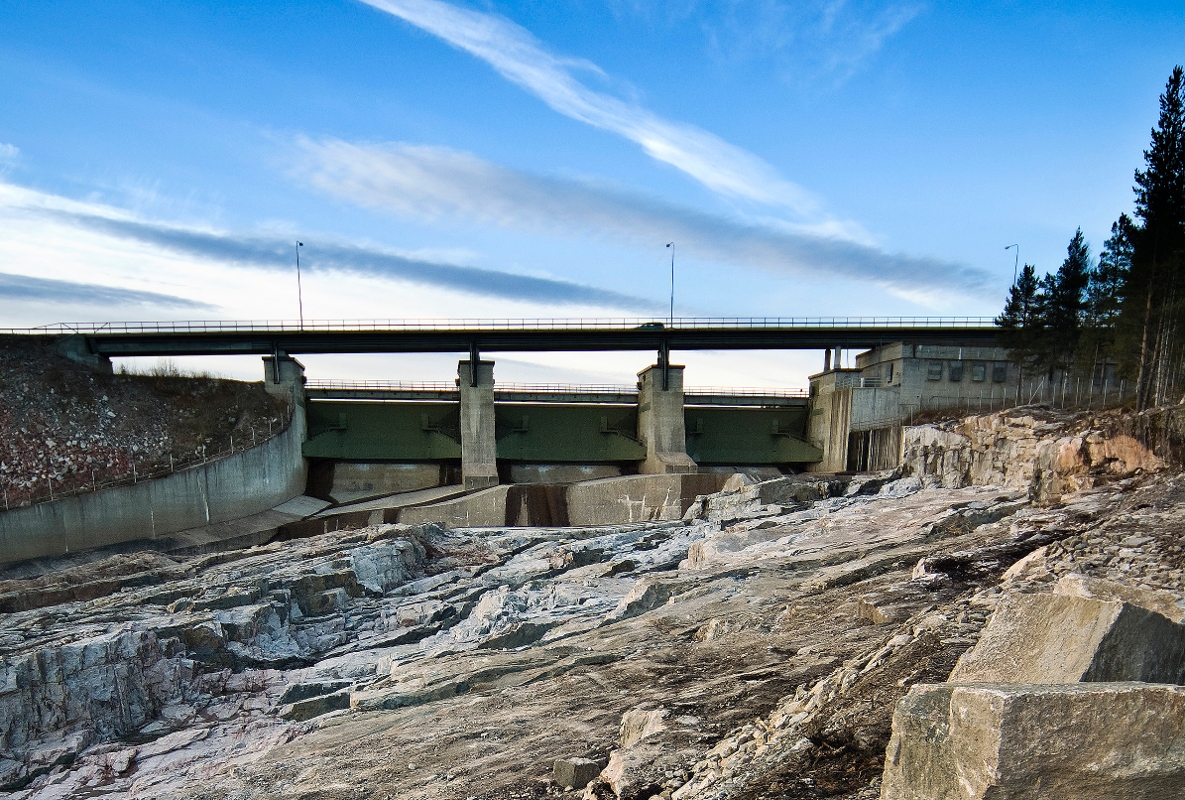Ligga
Facts
Country
Sweden
Electricity Capacity
320 MWe
Stream
Lule älv
Head
40 m
Water discharge
1040 m³/s
Turbine type
Kaplan
Vattenfall ownership share
100 %
Status
In Operation
Water information
Above pond
Below pond
Through pond hatch
Last update

Construction of Ligga hydro power plant started in 1951 and the plant was put into operation in 1954.
Ligga was again in the spotlight in 1957. Industrial television monitoring – which enabled remote monitoring of industrial processes with the help of television – made its breakthrough at the time. Ligga was the first hydro power station to utilise such monitoring. It was remotely operated from Harsprånget and communication was managed through wireless technology. At that time, regular television transmissions were still not available in the north of Sweden. The operators at Harsprånget were, however, at least able to enjoy real-time video footage from Ligga!
The river Lule älv
Around 40% of the energy consumed in Sweden is generated by hydro power. The river Lule älv, on which Ligga is located, is Sweden’s most important river for hydro power generation.

